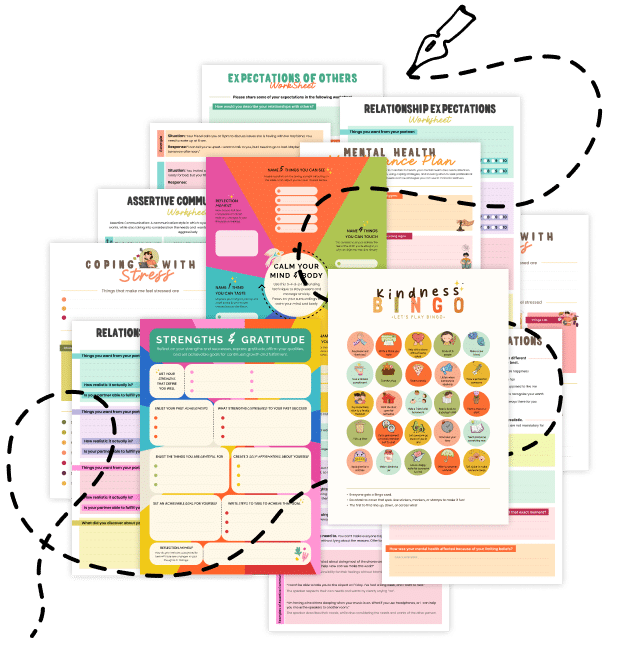20 Things About Persistent vs. Transient Attention
Enhance your cognitive performance and learn how to better manage your focus by understanding the differences between Persistent vs. Transient Attention—what they are, why they matter, and how to leverage both modes to optimize your work and daily life. Discover how sustained focus and momentary bursts of awareness work together to support effective learning and decision-making.
1. What Is Persistent Attention?
Persistent attention is the ability to maintain a steady, long-term focus on a specific task or idea, essential for deep work and complex problem-solving.
2. What Is Transient Attention?
Transient attention refers to brief, momentary spikes of focus in response to novel or sudden stimuli, helping you quickly react to changing environments.
3. Complementary Processes
Both forms of attention complement each other—persistent attention supports extended concentration, while transient attention helps you notice important changes.
4. Neural Basis
Persistent attention primarily involves sustained activation of brain networks, such as the dorsal attention network, whereas transient attention relies on rapid, short-lived activation in the ventral attention network.
5. Role in Learning
Persistent attention is crucial for absorbing detailed information over time, while transient attention can capture unexpected insights or signals.
6. Impact on Productivity
Long periods of persistent attention enable deep focus on complex tasks, whereas transient attention ensures you remain alert to immediate, critical cues.
7. Managing Distractions
A strong persistent attention mode helps filter out distractions, but too much reliance on transient attention may cause frequent task-switching.
8. Cognitive Load Considerations
High cognitive load can diminish persistent attention, making it harder to sustain focus, while transient bursts can help you reorient when overwhelmed.
9. Fatigue and Focus
Mental fatigue often reduces your ability to maintain persistent attention, leading to reliance on transient attention as your brain seeks quick, refreshing cues.
10. The Role of Environment
A quiet, structured environment supports persistent attention, while dynamic or novel settings can naturally trigger transient attention.
11. Benefits for Creativity
Persistent attention allows you to delve deeply into a problem, whereas transient attention can spark creative connections by noticing unexpected details.
12. Enhancing Memory
Sustained focus (persistent attention) improves encoding of detailed information, while transient attention helps capture fleeting details that might otherwise be missed.
13. Task-Specific Requirements
Different tasks require different balances; studying a complex subject may call for persistent attention, while a fast-paced work environment may benefit from quick, transient responses.
14. Training Your Focus
Mindfulness and meditation can help build your capacity for persistent attention, while brief, stimulating activities can sharpen your transient alertness.
15. Balancing Both Modes
Effective learning and work often involve switching between sustained focus and brief periods of broad, relaxed thinking to optimize performance.
16. Impact on Decision-Making
Persistent attention supports careful, deliberate decisions over time, whereas transient attention helps you respond swiftly to immediate challenges.
17. Adaptability in a Changing World
The ability to toggle between persistent and transient attention is key to adapting in fast-changing environments without losing long-term focus.
18. Practical Strategies
Techniques like the Pomodoro Technique encourage cycles of intense, persistent focus followed by short breaks that naturally engage transient attention.
19. Monitoring Your Focus
Be mindful of your attention patterns—recognizing when you’re drifting can help you consciously shift between sustained focus and rapid response.
20. Related Topics to Explore
- Mind-Wandering Mode – Learn how periods of unstructured thought can refresh your focus.
- Default Mode Network – Explore how the brain’s resting state impacts your attention.
- Cognitive Load Theory – Understand how managing mental workload optimizes focus.
- Task Switching Costs – Discover the effects of shifting attention between tasks.
- Interleaving Practice – See how mixing different topics can improve long-term learning.
Quick Tips to Boost Your Persistent and Transient Attention
- Create a Focus-Friendly Environment: Designate a quiet, distraction-free space for deep work, and use natural stimuli or brief breaks to trigger quick bursts of alertness.
- Use Time Management Techniques: Employ methods like the Pomodoro Technique to alternate between periods of sustained focus and short, refreshing breaks.
- Practice Mindfulness: Incorporate mindfulness exercises to train your brain for sustained attention while remaining flexible enough to notice important changes.
- Monitor Your Energy Levels: Recognize signs of fatigue and adjust your tasks accordingly to maintain effective persistent attention.
- Plan for Flexibility: Structure your day to include both intense focus sessions and opportunities for your mind to wander and capture novel insights.
Embrace these insights and tips to harness the power of both persistent and transient attention, empowering you to maintain deep focus when needed and react quickly to new information for peak cognitive performance!
Need a Professional Workbook Design Service?
From worksheets to activities, discover thoughtfully designed tools to support your mental health journey.


